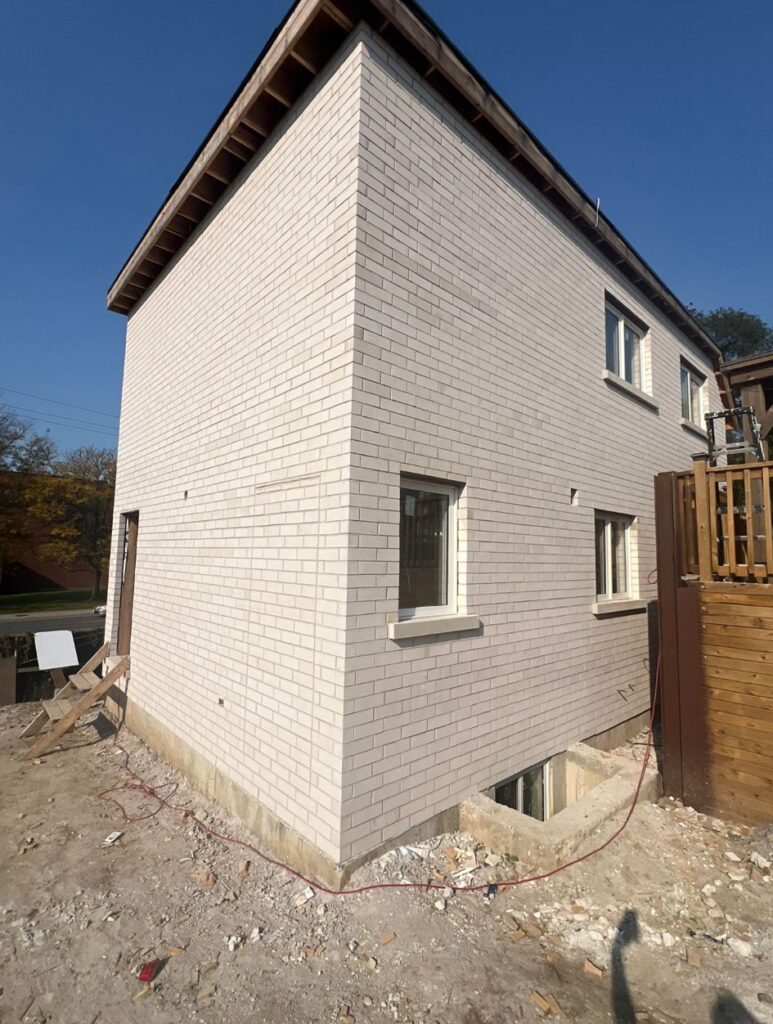The Rise of Garden Suites: A Modern Solution for Urban Living
Understanding Garden Suites
Garden suites, also known as accessory dwelling units (ADUs) or backyard homes, are compact, fully functional living spaces that share a property with a primary residence. These units, often detached or built on a property’s existing land, offer amenities typical of a home, including kitchens, bathrooms, and sleeping areas. Unlike other ADUs, garden suites emphasize a connection to outdoor spaces, blending the comforts of modern living with natural surroundings. In the urban context, they have become a unique housing option, offering independence without requiring a separate property.

Why Garden Suites Are Gaining Popularity
Garden suites are increasingly popular as they address urban housing challenges without compromising on privacy or convenience. For city residents, these suites provide a flexible housing solution—ideal for families looking to house relatives, couples wanting private spaces, or individuals seeking rental income. As housing demand grows, municipalities recognize garden suites as a viable alternative to traditional expansion or development. The ability to create extra living spaces without extensive renovations or new property purchases has made garden suites an attractive, accessible option in urban planning.
Types of Garden Suites and Their Designs
Garden suites come in various types, each designed to cater to specific needs. Detached garden suites, which stand alone in a backyard or garden area, offer maximum privacy and a sense of complete independence from the primary residence. Attached garden suites, connected to the main home, maintain proximity while providing their own entrance and living facilities. Design elements vary widely, from minimalist open-concept interiors that maximize light and space to more traditional layouts that prioritize functionality. Customizing these designs allows homeowners to adapt their suites to different purposes, whether for short-term rentals, family residences, or private studios.
Legal Considerations and Zoning Requirements
Adding a garden suite often requires navigating local regulations, including zoning laws and building permits. Each city has its own rules governing the construction and use of garden suites, from height restrictions to proximity requirements relative to property boundaries. Familiarity with municipal guidelines is essential, as non-compliance can lead to costly setbacks. Often, permits are necessary not only for construction but also for utilities like water and electricity, as well as for renting out the space. Some cities have introduced policies to encourage garden suites as a solution to housing shortages, making it easier for homeowners to get the necessary approvals.

Environmental and Economic Benefits
Garden suites bring both economic and environmental advantages, enhancing property value and supporting sustainable urban living. By creating a self-contained unit on existing land, homeowners increase their property’s market appeal and potential resale value. Many garden suites also incorporate eco-friendly features, from energy-efficient appliances to solar panels and sustainable building materials. These additions reduce the environmental footprint and lower utility costs. For those looking to cut down on commuting, garden suites offer a cost-effective solution for multigenerational living, guest accommodation, or even rental income, all without the overhead of a full second residence.
Garden Suites for Multigenerational Living and Rentals
Multigenerational households benefit greatly from the flexibility that garden suites provide. Older relatives can maintain their independence while living close to family, and adult children or relatives can have privacy without the cost of separate housing. Additionally, garden suites offer rental opportunities that can generate income. Homeowners can choose between short-term rentals for travelers or long-term tenants, creating a source of consistent revenue. The self-contained nature of garden suites makes them highly versatile, easily adapting to various family or rental needs.
The Future of Garden Suites in Urban Development
As urban populations grow, garden suites are expected to play a significant role in the future of city housing. With increasing interest in sustainable development and community-oriented spaces, municipalities are gradually supporting garden suite construction. These suites not only relieve housing pressures but also enhance neighborhood diversity, offering various living arrangements within the same area. Trends indicate a rise in modular, prefab garden suites, making it faster and more affordable for homeowners to add these units to their properties. As cities evolve, garden suites promise a blend of flexibility, sustainability, and community integration, shaping the urban landscapes of the future.

